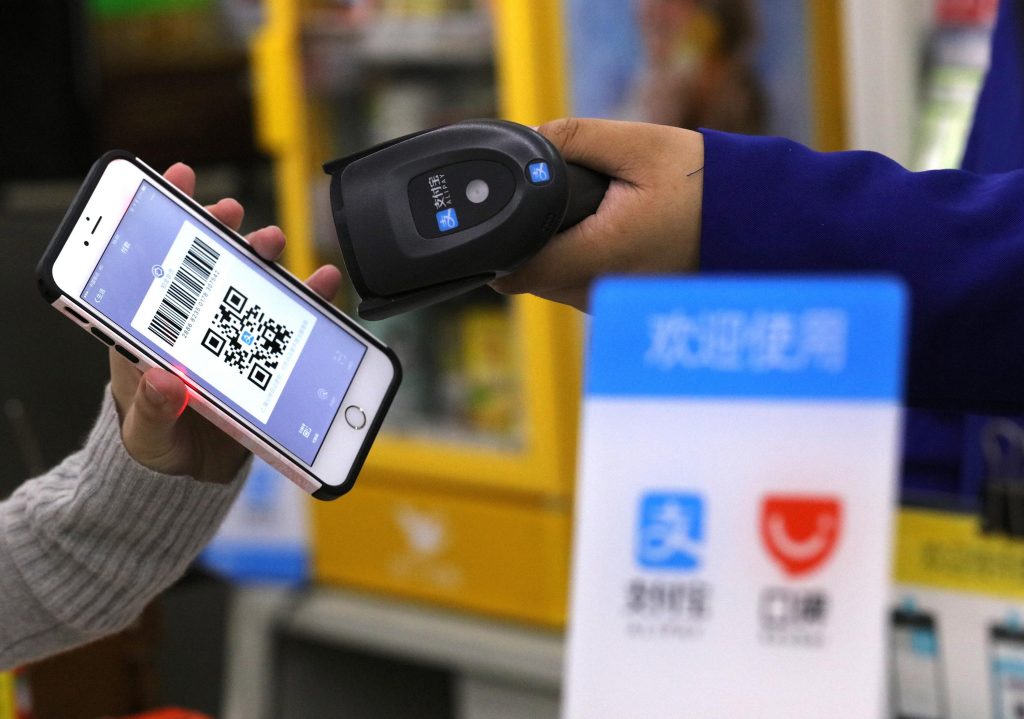Most of us are familiar with the hassle of submitting our votes on paper when there are elections in our country. Or the pain when we have to explain our GP our previous medical treatments and medicine allergies because there is no central database of medical records. Not to mention the immense amount of paperwork one has to go through to register in the Netherlands if they are not Dutch. But what if I told you there is a country where everything is done electronically? No more voting on paper, one central database of medical records, online ID registration… Estonia, a small European country on the border of Russia, is said to be ‘the most advanced digital society in the world’ (Hammersley, 2017).
![]()
Estonia gained independence from the former Soviet Union in 1991, and instead of following the other former Soviet states on administering everything on paper, they took a brave step and started investing in IT solutions and took the information technology route (e-Estonia, 2019). Estonia is famous for its highly advanced public sector and providing sophisticated public services online, and is performing better than the European Union average on measures of information technology achievement (World Bank, 2014). Since 1997, Estonians can arrange their public affairs online, can submit their tax claims online since 2000, can vote online since 2005 (the first nation in history), can have their health records stored centrally and digitally since 2008 and in 2014, Estonia introduced the e-Residency, which is a transnational digital identity, allowing residents of the EU to receive a digital ID and access Estonia’s public e-services (e-Estonia, 2019). (If you want to know more about what e-Residency means exactly and how to become an e-resident of Estonia, you can read more here: https://www.wired.co.uk/article/estonia-e-resident). For all this, Estonia has been experimenting with blockchain technology since 2008, to ensure data security and to decrease the risk of cyber attacks (e-Estonia, 2019). Since 2012, Blockchain has been used in most of Estonia’s digital public affairs (e-Estonia, 2019).
![]()
A system like this, however, has its issues too. For example, Estonia is fearing a Russian invasion even up to this day, that is why they backed up there servers in Luxembourg, which is highly protected. Also, in 2017, some identity cards had to be blocked temporarily because some physical chips were found to be vulnerable in the e-Estonia card. Other cyber attacks have been prevented with the help of blockchain technology. (Heller, 2017)
![]()
But when are Western nations going to catch up to this digital society? For example, I know from experience that in France, the level of bureaucracy and paperwork is so high, that registration could take months. Furthermore, medical records are being kept on paper by patients themselves, creating a very vulnerable and hectic paper-based system.
![]()
What do you think of the feasibility of implementing such a system in Western nations too? Can we expect something like that any soon? And are there steps in your country already in this direction?
![]()
Bibliography
e-Estonia. (2019). e-Estonia — We have built a digital society and so can you. [online] Available at: https://e-estonia.com/ [Accessed 3 Oct. 2019].
Hammersley, B. (2017). Concerned about Brexit? Why not become an e-resident of Estonia. [online] Wired.co.uk. Available at: https://www.wired.co.uk/article/estonia-e-resident [Accessed 3 Oct. 2019].
Heller, N. (2017). Estonia, the Digital Republic. [online] The New Yorker. Available at: https://www.newyorker.com/magazine/2017/12/18/estonia-the-digital-republic [Accessed 3 Oct. 2019].
World Bank. (2014). e-Estonia: The Making of An Information Age Society. [online] Available at: https://www.worldbank.org/en/events/2014/05/20/e-estonia-the-making-of-an-information-age-society [Accessed 3 Oct. 2019].


